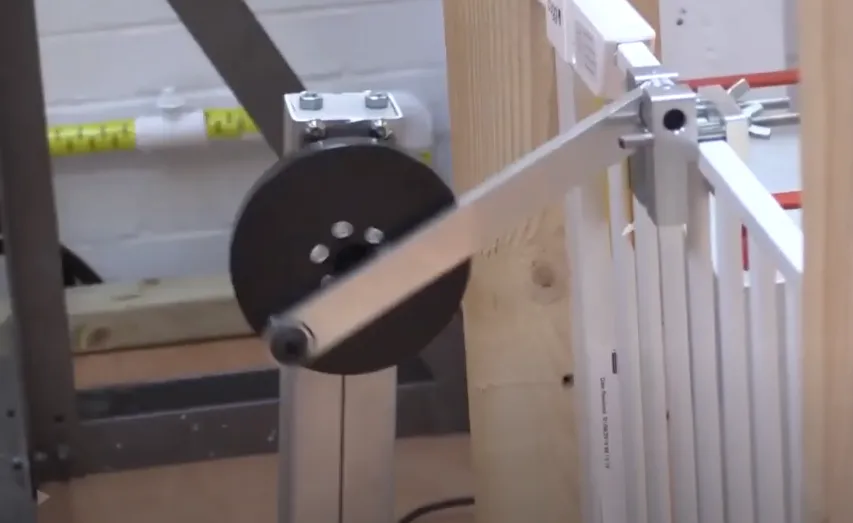BS EN 12790 Reclined Cradles for Children Safety Testing
The British Standard and European Norm (BS EN 12790) provides comprehensive safety requirements specifically for reclined cradles intended for children under three years of age. This standard ensures that products are designed to minimize risks associated with use, including suffocation, strangulation, and other hazards related to furniture design.
Manufacturers must ensure their products comply with this standard through rigorous testing procedures. The test parameters encompass various aspects such as structural integrity, material quality, and specific safety features aimed at protecting young children from potential injuries or accidents. Compliance not only protects end users but also ensures that manufacturers can meet regulatory requirements and avoid legal issues.
The testing process involves detailed inspections of the cradle's components to ensure they are free from sharp edges, small parts that could pose a choking hazard, and any other design elements that might be harmful. Additionally, the stability and durability of the product under various conditions are evaluated. This includes assessing how well the cradle can withstand anticipated use scenarios without sustaining damage that could compromise safety.
For instance, dynamic tests simulate typical usage patterns to check for resilience against wear and tear over time. Static assessments focus on ensuring the structural stability when fully loaded or in various positions. These tests are critical because they help identify potential weaknesses early in the development stage, allowing manufacturers to address them before releasing the product into the market.
Compliance with BS EN 12790 is not only a regulatory requirement but also an essential step towards building consumer trust and maintaining brand reputation. By adhering strictly to these standards, companies demonstrate their commitment to child safety while positioning themselves favorably in competitive markets. The testing process itself contributes significantly to the overall quality assurance efforts within manufacturing facilities.
| Test Parameter | Description |
|---|---|
| Structural Integrity Tests | Evaluates the strength and durability of the cradle's frame to resist deformation. |
| Material Safety Checks | Ensures all materials used are non-toxic, free from harmful chemicals, and suitable for direct contact with skin. |
| Edge and Corner Inspection | Checks for any sharp edges or corners that could cause injury if exposed during normal use. |
| Load Stability Assessment | Determines how securely the cradle holds infants given its weight distribution. |
Scope and Methodology
The scope of BS EN 12790 covers all types of reclined cradles designed for use by children under three years old. This includes products intended for home environments, as well as those sold in retail stores or distributed through other channels.
- Structural integrity checks
- Material safety assessments
- Safety feature evaluations
- User interface analysis
- Dynamic performance tests
- Static stability evaluations
Why Choose This Test
- Ensures compliance with international standards
- Reduces the risk of product recalls and legal actions
- Increases consumer confidence in your brand
- Improves product quality through rigorous testing
- Aids in meeting regulatory requirements





